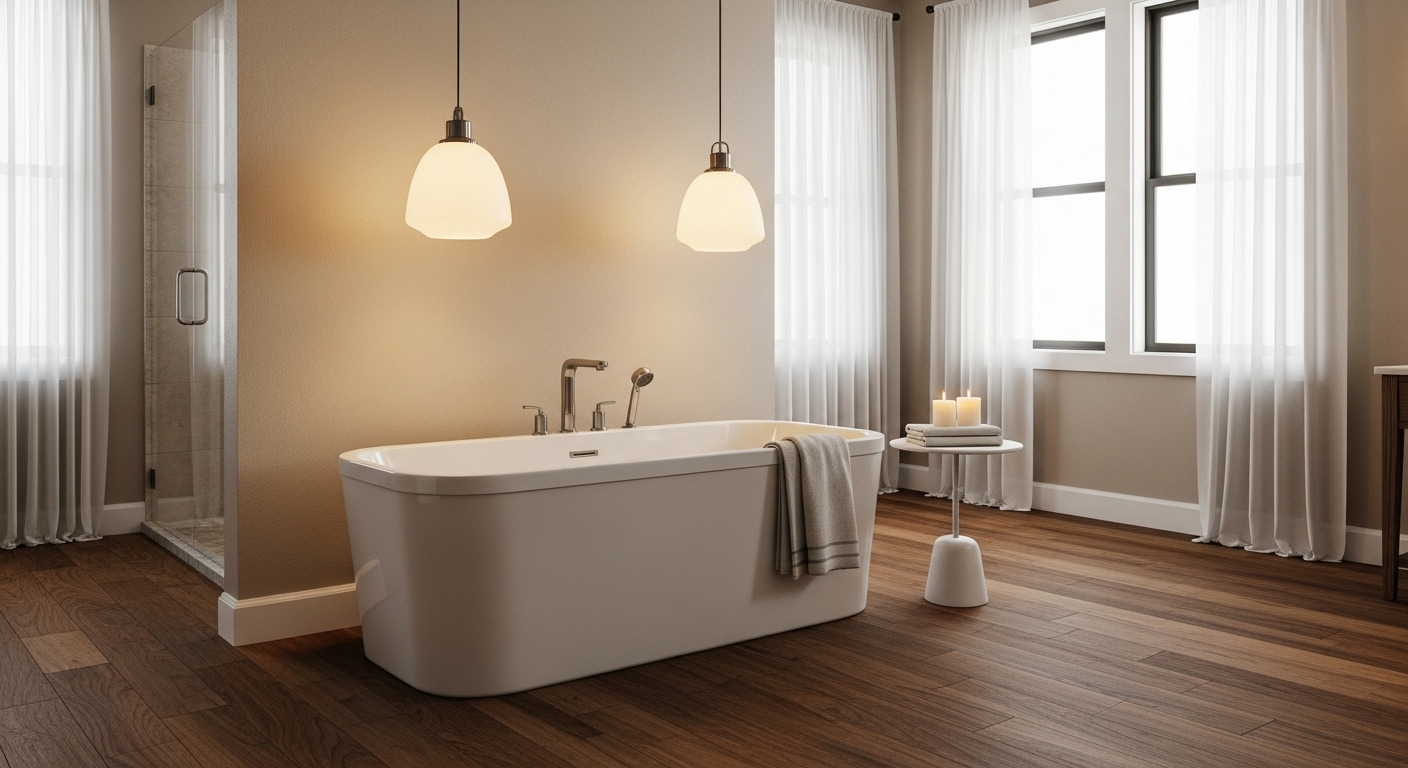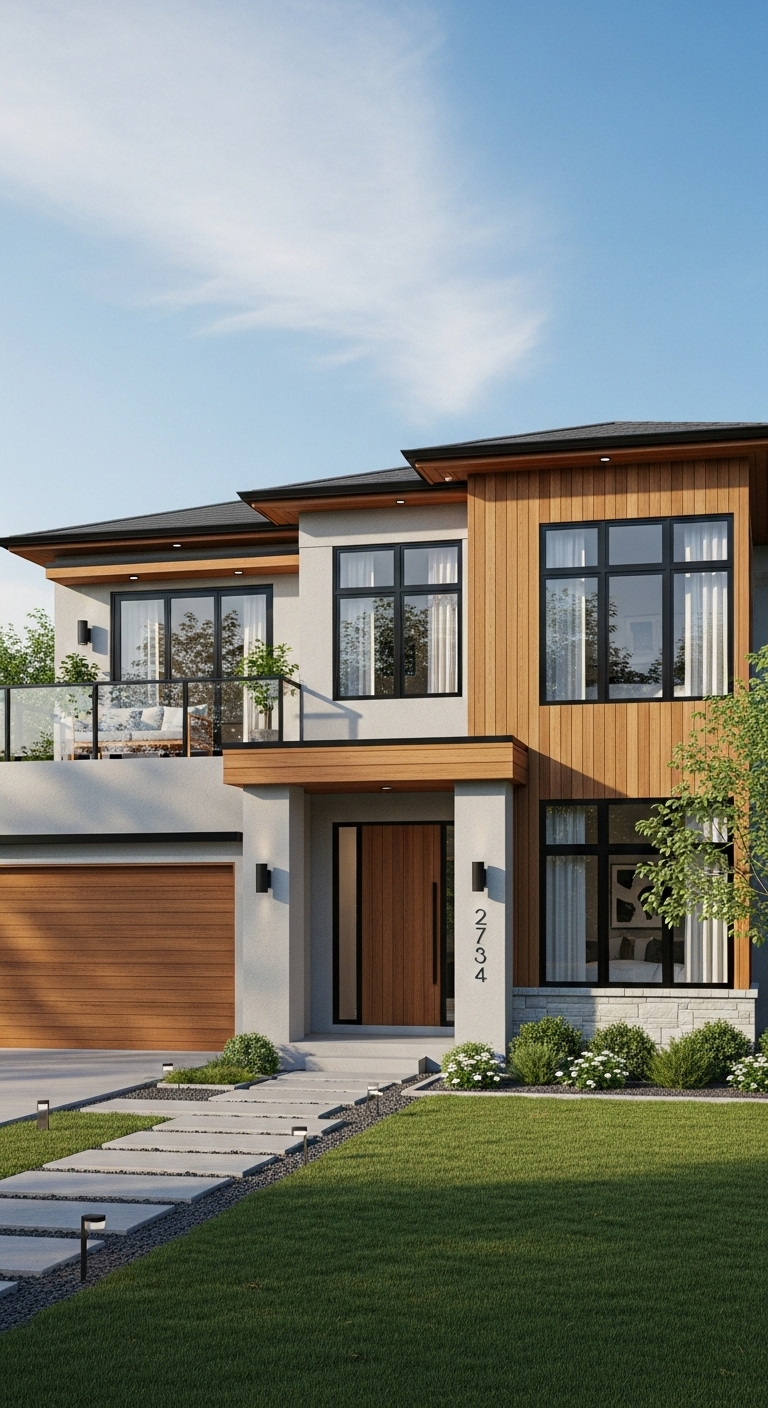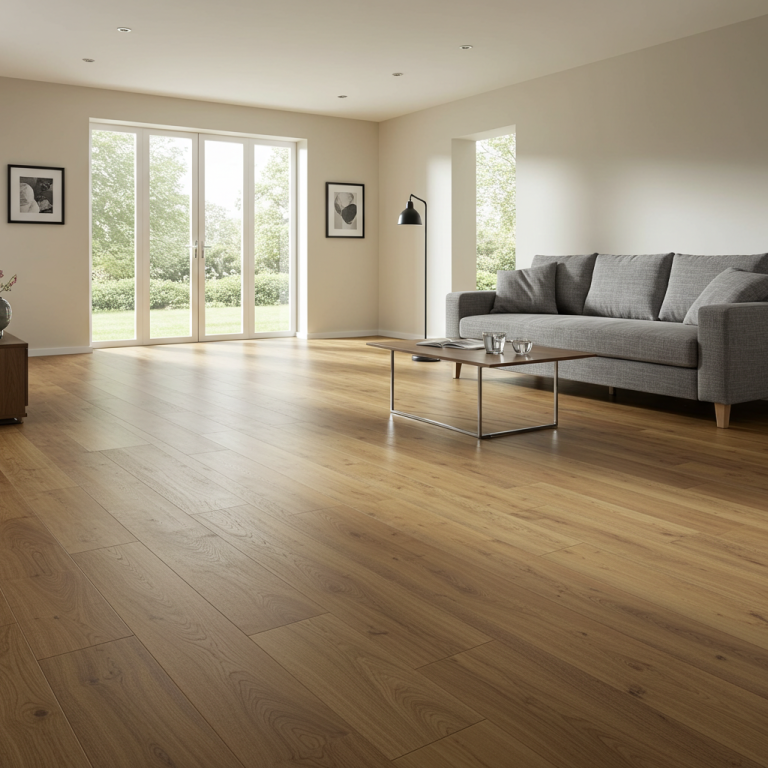15 Best Bathroom Flooring Ideas for 2025

Introduction
Bathroom flooring has to do more than just look good — it needs to handle water, humidity, and daily wear while still matching your style. From classic tiles to modern waterproof solutions, the right choice can transform your bathroom into a functional and beautiful space.
Here are 15 bathroom flooring ideas, complete with pros, cons, and styling tips to help you make the perfect choice.

1. Porcelain Tile
Porcelain is one of the most popular bathroom flooring options thanks to its water resistance and versatility. It comes in matte, polished, or textured finishes, mimicking stone, wood, or even fabric patterns.
Pros: Waterproof, extremely durable, easy to clean.
Cons: Cold underfoot, requires professional installation.
Best for: Any bathroom, especially high-traffic spaces.

2. Ceramic Tile
Slightly softer and more affordable than porcelain, ceramic tile offers endless colors, shapes, and patterns. It’s a go-to for creative designs like mosaics and checkerboards.
Pros: Affordable, versatile, low-maintenance.
Cons: Slightly less durable than porcelain, grout maintenance required.
Best for: Guest bathrooms, powder rooms, budget-friendly makeovers.

3. Natural Stone Tile
Marble, slate, travertine, and granite bring a luxurious touch to bathrooms. Each stone slab is unique, adding natural beauty and value.
Pros: Elegant, long-lasting, timeless appeal.
Cons: Expensive, can be slippery, needs sealing.
Best for: Luxury master bathrooms.

4. Vinyl Sheet Flooring
Vinyl sheet flooring offers a seamless, waterproof surface, perfect for preventing water from seeping into subfloors. Modern designs mimic tile and stone beautifully.
Pros: 100% waterproof, budget-friendly, soft underfoot.
Cons: Can dent or tear, shorter lifespan than tile.
Best for: Family bathrooms, rentals, budget renovations.

5. Luxury Vinyl Planks (LVP)
LVP mimics hardwood with realistic textures but is completely waterproof, making it great for bathrooms where you want a warm, wood-like look.
Pros: Waterproof, easy to install, low-maintenance.
Cons: Can fade in sunlight, not as long-lasting as tile.
Best for: Bathrooms that need a cozy, natural style.

6. Waterproof Laminate Flooring
Unlike traditional laminate, waterproof varieties are designed to resist moisture, giving you a wood look without the water damage risk.
Pros: Wood-like appearance, affordable, quick to install.
Cons: Limited styles compared to LVP, still not as durable as tile.
Best for: Half-baths, en-suites with good ventilation.

7. Cork Flooring
Cork is naturally water-resistant, soft, and warm underfoot, making it comfortable for barefoot mornings. It’s also an eco-friendly option.
Pros: Renewable, soft, warm, reduces noise.
Cons: Needs sealing to resist water, dents easily.
Best for: Small bathrooms or spa-inspired spaces.

8. Engineered Wood
Engineered wood has a hardwood top layer with a moisture-resistant base, making it more stable than solid wood in bathrooms.
Pros: Warm, elegant, more water-resistant than hardwood.
Cons: Not fully waterproof, limited refinishing ability.
Best for: Powder rooms or bathrooms with controlled humidity.

9. Bamboo Flooring
Strand-woven bamboo is harder than most hardwoods and can be treated for water resistance. It’s an eco-friendly yet stylish choice.
Pros: Sustainable, strong, unique look.
Cons: Must be sealed, not ideal for very wet bathrooms.
Best for: Eco-conscious homeowners.

10. Pebble Tile Flooring
Pebble tiles bring a natural, spa-like feel to the bathroom and offer excellent slip resistance when installed correctly.
Pros: Slip-resistant, unique look, massaging feel underfoot.
Cons: More grout to clean, can feel uneven.
Best for: Shower floors, spa bathrooms.

11. Concrete Flooring
Polished or sealed concrete is sleek, modern, and highly durable. It can be stained or colored for a custom finish.
Pros: Long-lasting, customizable, waterproof with sealing.
Cons: Hard underfoot, can be cold.
Best for: Industrial or minimalist bathroom designs.

12. Terrazzo Flooring
Terrazzo combines chips of marble, glass, or granite in resin or cement, offering a colorful and stylish look.
Pros: Durable, unique patterns, low-maintenance.
Cons: Requires professional installation, can be slippery.
Best for: Contemporary and retro-style bathrooms.

13. Reclaimed Wood (Waterproof Treated)
When sealed and treated properly, reclaimed wood can work in a bathroom, adding rustic charm with sustainability.
Pros: Eco-friendly, full of character, warm feel.
Cons: Needs maintenance, not ideal for high-moisture areas.
Best for: Guest baths, rustic designs.

14. Rubber Flooring
Rubber flooring is slip-resistant, cushioned, and very easy to maintain, making it a safe choice for family bathrooms.
Pros: Non-slip, durable, comfortable underfoot.
Cons: Limited style options, industrial feel.
Best for: Children’s bathrooms, accessible bathrooms.

15. Glass Tile Flooring
Glass tiles reflect light beautifully, making small bathrooms feel larger and brighter. They come in stunning colors and finishes.
Pros: Elegant, water-resistant, brightens space.
Cons: Can be slippery, requires careful installation.
Best for: Accent areas, modern bathrooms.

Conclusion
Choosing the right bathroom flooring is about balancing style, comfort, and practicality. Whether you prefer the elegance of marble, the warmth of wood-like LVP, or the modern minimalism of concrete, there’s a flooring option to suit your taste and lifestyle.






